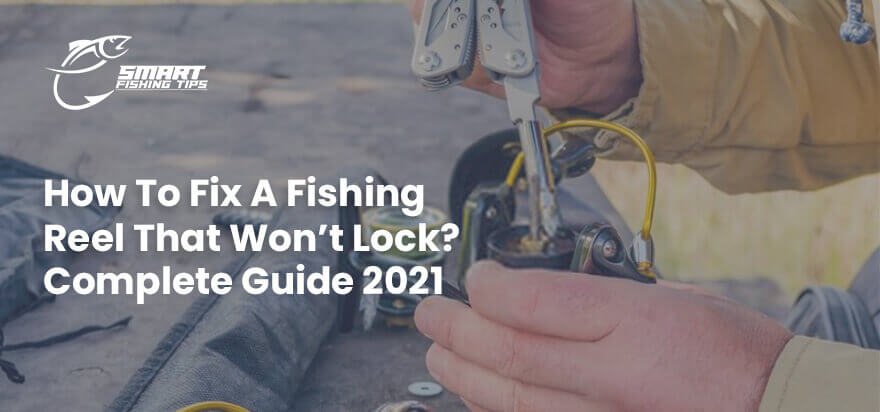Nothing is more frustrating for a fishing enthusiast than a fishing reel that won’t lock. Being a true angler, you will be feeling this pain right now. If you haven’t faced this issue till now, you’ll probably face it someday. That’s why you need to have a comprehensive knowledge of the most common reasons why a fishing reel doesn’t lock. In this article, we will present to you the common issues first and then their step-by-step solution so that you will be able to figure out how to fix a fishing reel that won’t lock on your own.
Common Issues with a Reel That Won’t Lock
Without knowing the issues in your reel, you can’t be sure how to fix a fishing reel that won’t lock. So let’s explore the list of most common issues first and then we’ll devise a step-by-step solution.
- Broken spool or bail
- Drag system malfunctioning
- Defective anti-reverse system
Now that you know the issues due to which your fishing reel isn’t locking, it’s time to dig deep into each problem and devise an effective solution. We will be focusing on the spinning reel to answer how to fix a fishing reel that won’t lock.
Broken Spool or Bail
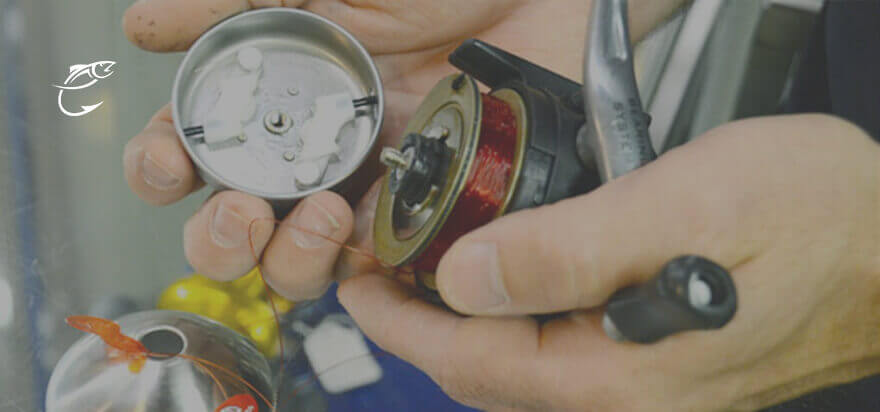
The spool is part of the fishing reel which holds the line and is highly susceptible to breaking or malfunctioning. Inspect it closely and thoroughly to see any signs of damage. If you find it broken, simply replace it otherwise move to the inspection of the next part.
A bail is a U-shaped piece of metal on your reel that allows you to cast and retrieve lines. It can be moved from one side to the other. When the bail is open, it allows you to cast the line by moving your spool in a direction that lets the line come off the spool. And when the bail is closed, it allows you to retrieve the line and stops the spool from moving in a direction that lets the line come off the spool.
A faulty bail can have problems with the bail wire, spring, or line ruler. These parts, either need to be repaired or replaced. Let’s now see how can we inspect, repair, and replace these parts easily and effectively.
You May Also Check: Best Salmon Rod For The Money
Fixing a Broken Bail
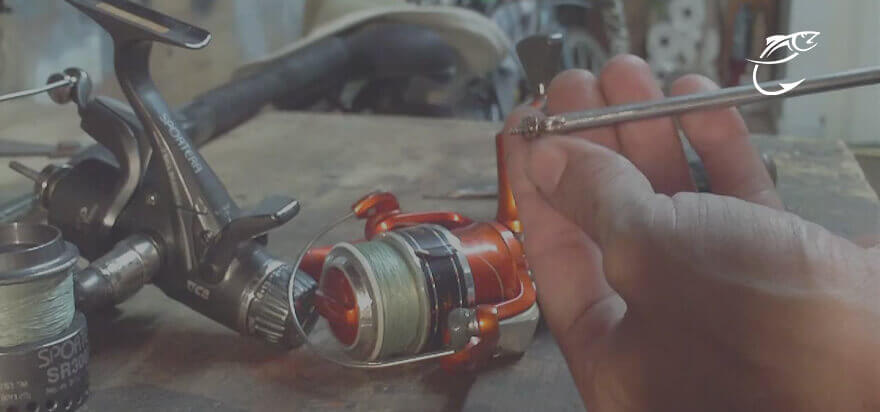
To fix a broken or faulty bail, you just need to have two things; one is the right set of tools and the second is the right set of instructions. To assemble and dismantle your bail, you just need to have:
- A screwdriver
- A pair of pliers
- New parts of the bail for replacement
Instructions to Fix a Broken Bail
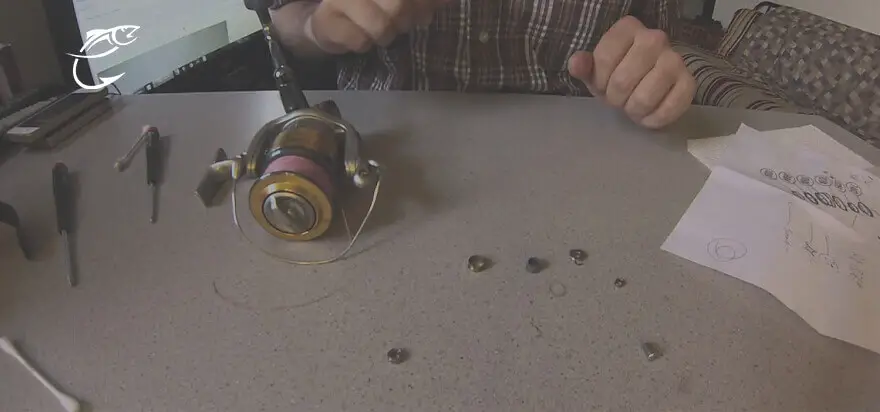
Insides of every component of a fishing reel hold complex and miniature parts, so it is better to take pictures of the sequence in which all parts are assembled or record the entire process of dismantling to avoid any inconvenience during assembling. Plus you can use packing tape to hold all those parts in one place.
Once you are ready with your essentials, follow these steps to fix a fishing reel bail not closing.
Step-1: Remove Bail Wire Screws
- Using your screwdriver, remove the bail wire screws.
- Also, remove screws from the side of the pivoting arm.
- Inspect those screws thoroughly.
- If they are corroded, remove their rust using fine sandpaper and then clean them with auto brake cleaner fluid.
- If they are stripped or broken, simply replace them.
- If they are in good condition, put them aside on your packing tape and follow the next step.
Step-2: Remove the Bail Wire for Inspection
- Once you are done with unscrewing the bail wire, remove it and look for any signs of damage.
- If it is corroded, remove its rust using fine sandpaper and then clean it with auto brake cleaner fluid.
- If it is snapped, twisted, damaged or bent at any place, simply replace it.
- If it is in good condition, put it aside and follow the next step because the problem may lie somewhere else in your bail.
Step-3: Remove Line Roller for Inspection
- Using your screwdriver, unscrew the line roller which reduces friction and guides the fishing line.
- Inspect screws and line roller thoroughly and based on your inspection, repair or replace it.
- If everything is in perfect condition, put it aside and follow the next step because the problem may lie somewhere else in your bail.
Step-4: Remove Bail Spring and Inspect
Bail spring malfunctioning is considered among one of the most common reasons your fishing reel is not locking. Bail spring is a very delicate and vital part of your fishing reel, so, it needs special attention during inspection of a faulty bail.
- Remove bail spring from the side where pivoting bail arm is and put it under inspection from top to bottom.
- If the bail spring is corroded, bent, damaged or kinked, simply replace it.
Step-5: Reassemble the dismantled Parts
Now that you have done all the inspections along with repairing and replacement, your spool and bail are free from any malfunctioning and ready is for assemblage. Put back every component according to their correct sequence. If you don’t remember the exact sequence, refer back to the pictures or video that you captured at the time of dismantling your bail.
Now that you have an error-free spool and bail, your fishing reel must lock but if you are still struggling with the same problem, the issue may lie within your drag system then. Let’s now figure out how to fix a fishing reel that won’t lock by inspecting its drag system.
Drag System Malfunctioning
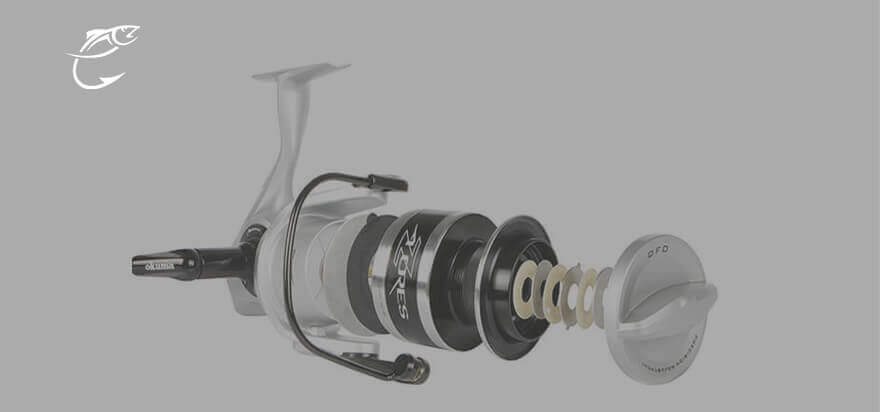
The drag system is a crucial component of the reel. It provides resistance in line and when a fish applies reverse pressure it stops the fish from pulling the line out of the spool. A faulty drag system could be the reason your fishing reel is not locking. Let’s just dive into the inners of a drag system and inspect each and everything in great detail so that you can figure out how to fix a fishing reel that won’t lock on your own till the end.
Fixing a Malfunctioned Drag System
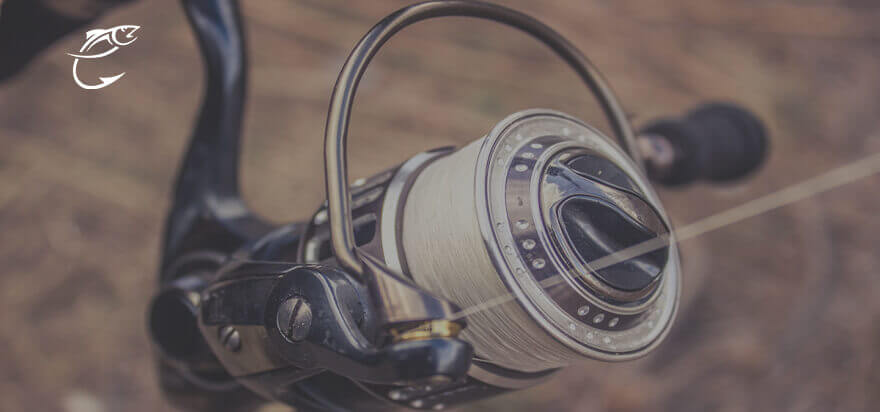
If your spool doesn’t provide resistance and lets the line come off then you might have issues with either drag itself or the internal components of the drag system. Let’s inspect both one by one and devise a solution.
1. Adjusting Drag via Drag Knob
Sometimes, the drag’s settings are the reason why your fishing reel doesn’t lock. Adjust your drag by drag knob by starting with low settings and then go all the way up to high settings.
- Keeping your drag settings at low will make it too loose and it will let the line pull out too easily.
- Keeping your drag settings at high will make it too tight and it won’t let the line pull out too easily.
Adjust between these two extremes according to your preference and you are good to go. Still, struggling with the same issue? Then the problem might exist in the internal parts of the drag system. Let’s explore these inners now.
2. Repairing Internal Parts of the Drag System
Internal parts of the drag system contain tiny components that must be handled with extreme care. We recommend taking pictures or recording the sequence of these components so that you can have ease when it’s time to assemble.
If you are capable of fixing the drag system, follow the upcoming instructions to fix it otherwise take it to any professional to get the work done.
- Remove the drag knob first and you’ll start seeing those tiny components.
- Remove the stop spring, the first component that holds all the washers and bearings inside the spool.
- Inspect those washers and bearings carefully.
- Each model of the reel could have different numbers of washers and bearings.
- If any of the washers or bearings are corroded, remove their rust using fine sandpaper.
- If any of the washers or bearings are broken, simply replace them.
- Soak all the repaired washers and bearings in auto brake cleaner fluid for 5 minutes.
- Clean the inner side of the drag knob with auto brake cleaner fluid.
- Reinstall every component in sequence and you have fixed the fishing reel that wasn’t locking earlier.
If you are still struggling with the same issue, then the problem might lie in the final piece of the puzzle, the anti-reverse system.
Defective Anti-reverse System
The anti-reverse system of the reel prevents the anglers from accidentally reeling backward by engaging the drag system. Being the most important part of the reel, it is also the most complex and intricate part of the reel filled with stopper screws, stopper washers, gears, nuts, springs, bushes, and much more. So, we recommend you leave it for the professionals. But if you still have confidence in your technical abilities and you think you can do this on your own with a little guidance, then this section is the article is only for you.
After going through the upcoming section, you’ll be able to figure out how to fix a fishing reel that won’t lock on your own.
Fixing a Malfunctioned Anti-Reverse System
A malfunctioned anti-reverse system may have either problem with the spring or with the latching gear bush. These are the most common issues of the anti-reverse system and due to these issues, your fishing reel doesn’t lock. Let’s fix each in detail.
1. Fixing the Spring
- Remove the drag knob and spool of the reel.
- When you remove the drag knob and spool, you’ll see a bunch of tiny components like stopper screws, stopper washers, gears, nuts, hold rings etc. remove all these components one by one.
- When all these components are removed, you’ll be left with a part that holds the bail wire and the anti-reverse system itself.
- Near the sliding switch, you’ll find a small spring. A lot of time this spring comes off the pointy edge near it.
- Using a push pin, thread the spring back to that pointy edge.
- If spring is not there, you can use the click pen’s spring as well.
- Assemble this mess and you are good to go.
- If spring is intact in its place, then you might have an issue with the latching gear. To fix the latching gear issue, follow the next step.
2. Fixing the Latching Gear Bush
- Remove all other parts of the reel according to the steps mentioned above until you get to the anti-reverse system.
- There you will see a hammer type piece that catches the latching gear and holds it to work properly when the anti-reverse switch is flipped.
- In case of a faulty anti-reverse system, this hammer piece doesn’t hold the gear due to slipping bush inside the gear.
- Take that bush out of latching gear, coat it with JB weld, slide it back and leave it for 24 hours.
- Assemble every dismantled component and you have an error-free anti-reverse system.
Other Problems Related To Fishing Reel
Some other factors also affect the performance of your fishing reel like over lubrication, corrosion, worn-out parts, etc. Keep these problems in check and you’ll hardly have to stumble into reel issues.
1. Wearied Parts
Wear and tear is an inevitable process in every piece of equipment. Keep looking for components that are wearied and replace them in time to have good reel health and performance.
2. Over Lubrication
Over lubrication tends to clog the bearings resulting in poor performance of the reel. Only apply the right amount of lubricant and keep the reel clean.
3. Corrosion
Rust and corrosion prevent the normal working of a fishing reel and affect the overall health of the reel. That’s why keeping regular cleaning and maintenance checks is recommended by professional anglers. Moreover, rinse your fishing reel after fishing in saltwater and apply the right amount of lubricants.
Conclusion
After going through this in-depth article on how to fix a fishing reel that won’t lock, now you know all the intricacies associated with each part of the reel along with what it takes to diagnose and fix issues related to each part. Now it is time to put this knowledge into daily practice. This comprehensive knowledge will put you among those professional anglers who know how to save themselves.

